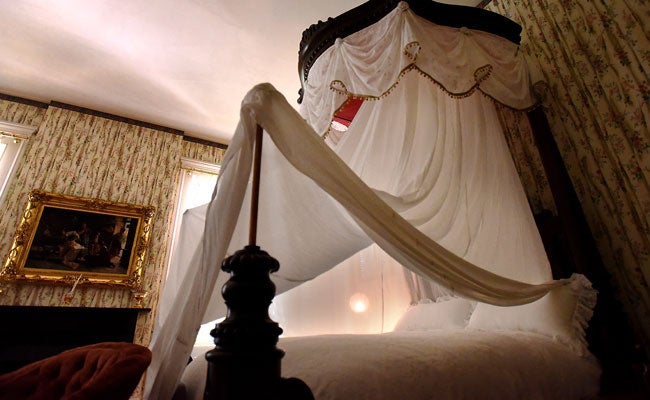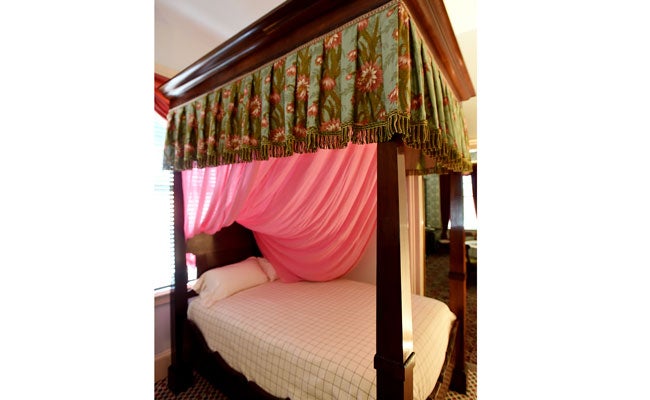Telling stories in their sleep: Additions to park service properties tell history with furnishings
Published 12:09 am Sunday, October 16, 2016
NATCHEZ — While white embroidery and pink ribbons on a bed at a historic house might seem like small details, for the National Park Service, those details are about much more than just bedding.
The Natchez National Historical Park recently completed a two-year project focused on bed treatments, or hangings, at the Melrose estate and the William Johnson House.
The project involved adding historical treatments — ranging from curtains to wallpaper — to six full-size beds, a cradle, doll bed and two day beds, Curator Cheryl Waldrep said.
A historic furnishings report for the properties guides how the properties are furnished, and Waldrep said extensive research went into deciding how to reproduce bedding and bed treatments.
NPS relied on historic documents, such as letters, including one Alice Austen McMurran wrote to her parents in 1856 describing her bed at Melrose. John T. McMurran and Mary Louise McMurran owned Melrose, and Alice married their son John Jr.
In the letter, Alice describes her bed as large and made of walnut and adorned with white embroidery and pink ribbons in profusion, Waldrep said.
“The only real description of a Melrose bed was her description in that letter,” Waldrep said. “So that is what we used for that bed.”
Beyond aesthetic adornments, other historical documents — such as the diary of William Johnson — gave insight into practical bed treatments, Waldrep said. Johnson, known as the “Barber of Natchez,” was born a slave, but freed as a child. He went on to become a prominent free black citizen of Natchez and even employ slaves of his own.
In his diary, Johnson mentions “mosquito bar” that was hung over beds at the time. Bar was the historic term at the time, but it was essentially mosquito bed covering that protected sleepers from the insects.
“It’s not really a netting, it looks more like a cheesecloth,” Waldrep said.
The mosquito bar illustrates how those in the past lived among the elements without modern amenities, Waldrep said. But it also provides insight into an aspect of historical interpretation Waldrep said she had not considered prior to working on the project.
“Both Johnson and McMurran had slaves, and something I really hadn’t considered before is that when you see the mosquito gauze and how it actually functions, it would have been an enslaved person on the outside of the bed wrapping it around the person who was laying in bed every night,” Waldrep said.
The mosquito bar slides on rods at the top of the bed and then pulled down to the foot of the bed, Waldrep said. While it’s possible someone could have pulled the mosquito bar around themselves while on the bed, Waldrep said it’s likely enslaved people were doing the job.
“It opens another window into the work of enslaved people … and allows us to better interpret the (properties) on all levels and the lives of all the people who lived and worked there,” Waldrep said.
That is the goal of projects such as the bedding treatments at the national park, Waldrep said. Each piece of information adds another layer to the historic interpretation and accuracy of the park properties.
“It sounds like it’s just bedding, but it’s more than that. It’s about craftsmanship, technology, slave-master relations,” Waldrep said.
“It’s so much more than just bedding.”












